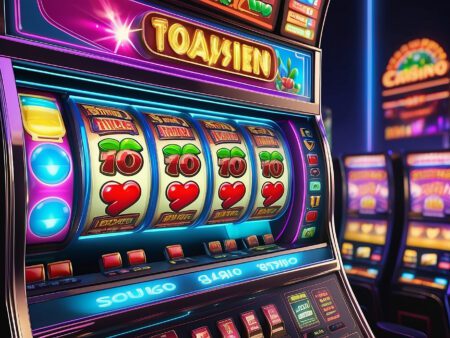Master the art of 6-handed and heads-up poker games with our detailed guide on short-handed poker strategies. Remain unfazed and thrive in these increasingly popular gaming formats.
Short-Handed Poker Strategies: Thriving in 6-Handed and Heads-Up Games
Picture this. You’re at your local pub’s poker night, the stakes are high, the tension is thick, and you’re down to the final six. ‘What am I going to do now?’, you might wonder. If you’ve been brushing up on your Hold ‘Em strategies at full tables, the shift to being short-handed can feel like quite a curveball. You’re not alone in feeling this.
Surprisingly, over 75% of poker players, amateurs and professionals alike, find themselves at a disadvantage when playing short-handed or heads-up games. Despite this, 6-handed and heads-up poker games are rapidly gaining popularity in both online and brick and mortar casinos. This spike in popularity makes it necessary for poker enthusiasts to learn and master short-handed poker strategies.
What are Short-Handed Poker Games?
Before we delve into the strategies, let’s make sure we’re on the same page about what we’re talking about here. The term ‘short-handed’ generally refers to a poker game with six or fewer players. These games demand a different style of play compared to full ring games. In the same vein, a heads-up poker game is a unique scenario where there are just two players left.
Differential Play: Short-Handed versus Full Stack
Here’s an interesting little chat I had with an old poker buddy. ‘So, what’s the key to mastering short-handed games?’ I asked. He simply smirked, pushing his chips forward as he drawled, ‘Adaptation my friend, adaptation.’ He was right. Change, in this case, isn’t just inevitable, it’s your ticket to winning.
The game dynamics change significantly as the number of players decrease. The number of hands you play needs to increase, and the value of certain hands goes up. Ace-X hands and low pairs, even suited connectors that you would ordinarily toss away in a full ring game, now suddenly become valuable. The same applies to the blackjack double down strategy – it’s all about knowing when to play your hand.
Key Strategies for Short-Handed Poker: The Basics
The very moment you’ve sized up the competition and got a handle on the ‘who’s who’, it’s time to sketch out your strategy. For starters, you’re going to have to change gears often – my friend wasn’t blowing smoke when he advocated for ‘adaptation’. More hands, more aggression and quicker decisions are some of the aspects you have to accommodate.
One popular strategy for short-handed games is tight aggressive play or TAG. This involves playing fewer hands – but with more aggression when you do play them. However, it’s not about recklessly being aggressive. Calculate, observe, making your move timing perfect.
Do not fail to steal the blinds! When it’s folded to you in the button or small blind, and you’re short-handed or heads-up, raise more often than not. These small pots can add up quickly and boost your overall profits.
Adjusting to Your Opponents
The thinking caps must go on, strategy needs to evolve with every hand you play. Remember, everyone has a plan of action, you just need to be one step ahead. Keep a note on your opponents’ playing styles. Are they tight aggressive? Loose aggressive? If you have a player who folds often, increase your aggression levels. If they are raising too often, do not shy away from re-raising with decent hands.
It’s critical in short-handed games to not get too attached to any one strategy. Your strategies have to be as fluid as the game itself. Betting patterns, bluffing, slow playing, and re-raises all need to be a part of your poker vocabulary. Having developed an unpredictable style of play will keep your opponents on their toes.
Practice Makes Perfect
Even the best strategies won’t hold water if you haven’t put in the hours at the table. Experience is the high-stakes gambler’s best friend – a true adage if there ever was one. Practice, apply these strategies, modify them to your unique style of play, and see what works. There’s nothing like a good old trial by fire.
The beauty of poker is that you’re not locked into one way of playing. So feel free to mix it up, shift gears often, and keep your opponents guessing. It’s this very adaptive side of poker that can make you not just survive, but thrive in short-handed poker games.
So, how about dealing the cards and putting these strategies to the test? Remember, it’s all a game until you ‘ante’ up. Happy poker playing, folks!










